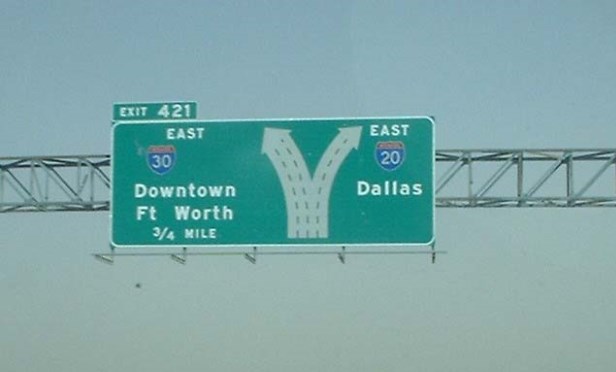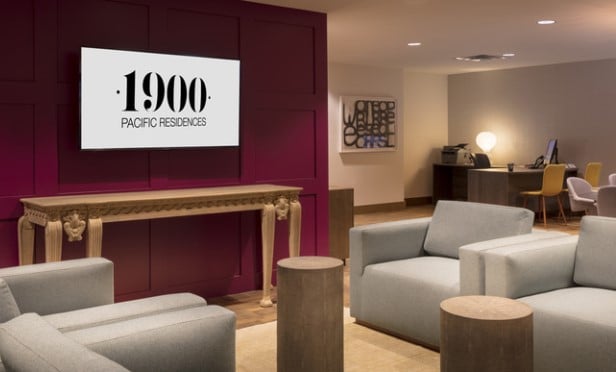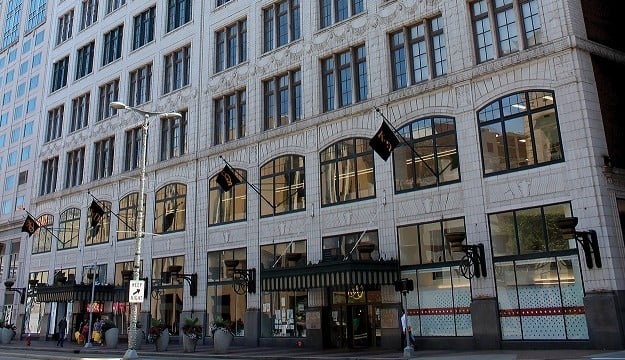 CBRE RealShare Texas exclusive GlobeSt.com: Texas currently has 30-plus million square feet under construction. A majority or 62% of delivered construction was preleased in first quarter, according to CBRE. Do you see this rate of preleasing continuing across the state? Kramp: GlobeSt.com What key trends are you seeing in your markets with new construction and leasing activity? Are you seeing a flight to quality with rental rates rising? Kramp: GlobeSt.com Are you seeing more build-to-suits versus spec? Kramp: GlobeSt.com: Do you think this bigger and taller focus is here to stay? Kramp: GlobeSt.com: Do you think rising construction costs (tariffs/labor shortages/etc.) are going to deter development? Or is the demand strong enough to maintain pace? Kramp: GlobeSt.com: Has rent growth slowed? What are your projections for the coming quarters? Kramp: GlobeSt.com: Do you see or foresee a rise in last-mile/high-density facilities? Kramp: ATTENTION! If you, your company or someone you know has made an indelible impact on the business of industrial real estate, we want to hear about it! Submit a nomination to Real Estate Forum's Industrial Influencers before the June 15th deadline.
CBRE RealShare Texas exclusive GlobeSt.com: Texas currently has 30-plus million square feet under construction. A majority or 62% of delivered construction was preleased in first quarter, according to CBRE. Do you see this rate of preleasing continuing across the state? Kramp: GlobeSt.com What key trends are you seeing in your markets with new construction and leasing activity? Are you seeing a flight to quality with rental rates rising? Kramp: GlobeSt.com Are you seeing more build-to-suits versus spec? Kramp: GlobeSt.com: Do you think this bigger and taller focus is here to stay? Kramp: GlobeSt.com: Do you think rising construction costs (tariffs/labor shortages/etc.) are going to deter development? Or is the demand strong enough to maintain pace? Kramp: GlobeSt.com: Has rent growth slowed? What are your projections for the coming quarters? Kramp: GlobeSt.com: Do you see or foresee a rise in last-mile/high-density facilities? Kramp: ATTENTION! If you, your company or someone you know has made an indelible impact on the business of industrial real estate, we want to hear about it! Submit a nomination to Real Estate Forum's Industrial Influencers before the June 15th deadline.© Touchpoint Markets, All Rights Reserved. Request academic re-use from www.copyright.com. All other uses, submit a request to [email protected]. For more inforrmation visit Asset & Logo Licensing.







